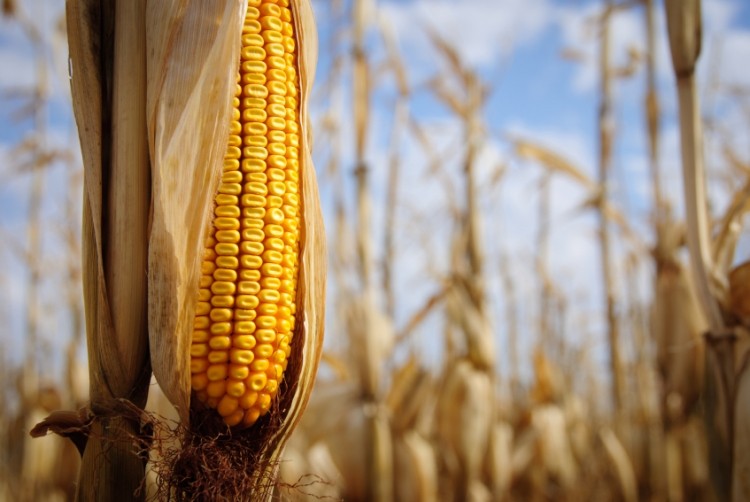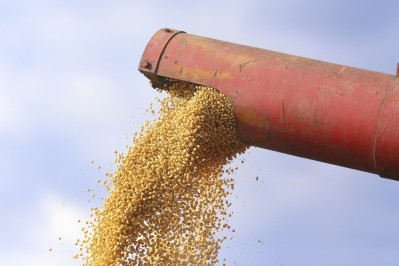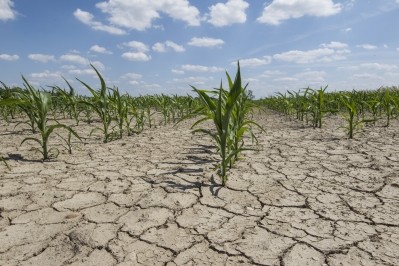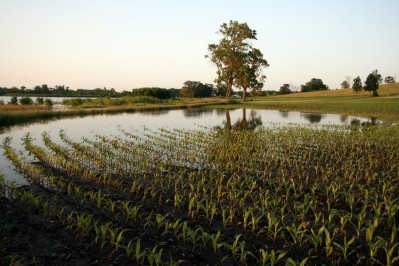US feed crop harvest ends for soybeans, nears finish for corn

The US Department of Agriculture released its most recent crop progress report for the week ending November 20 on Monday.
Overall, the corn crop harvest has reached 97% completion for the 18 states responsible for the majority of production, said the USDA. The rate is on par with last year, and slightly ahead of the multi-year harvest average of 96% complete by this point in time.
The soybean harvest had reached 97% completion by the week that ended November 13, and no additional information was given this week.
Although the harvest had been somewhat behind past years, that should present no major challenge in the market, said Darrel Good, professor emeritus in the department of agricultural and consumer economics at the University of Illinois in an earlier interview.
“A little slower harvest helps the storage and infrastructure work through the crop,” he told us. “But doesn’t change things overall.”
Corn results
Several individual states have finished their harvest at this point, said the USDA. These include Illinois, Kansas, Kentucky, Missouri, North Carolina and Tennessee.
Off all the corn producing states, Michigan has the smallest amount of its harvest completed at 83% finished and it is lagging behind last year’s progress, the department said. Other states that are behind where they were last year include Indiana, Minnesota, North Dakota, Ohio and South Dakota.
“With crop season drawing to a close, a week of pleasant weather allowed rapid progress in harvesting corn and soybeans,” said the USDA about Michigan. “Sugarbeet harvest also made significant progress during the week, but remained behind the average pace as warm weather continued to provide a challenge for producers.”
Other feed crops
The sorghum harvest is now running ahead of past years, said the USDA. About 94% of this year’s crop has been collected, up from 93% at this point last year, and a multi-year average of 92%.
States meeting or lagging behind where they were last year include Illinois, New Mexico and Texas, said the department. But, harvests in Colorado, Kansas, Nebraska, Oklahoma and South Dakota are ahead of both where they were at this time last year and on average.
And, two states, Arkansas and Louisiana, have already completed their entire harvest, the department added.
The harvest for sugarbeets however is running slightly slower, said the USDA. Both last year and on average the collection period has closed by this point in time, however only 98% has been completed.
Of the states responsible for the majority of production only Minnesota has finished its harvest efforts, said the USDA. Idaho, Michigan and North Dakota are all behind both where they were at this point last year and their multi-year average pace.
Wheat
The majority of the winter wheat crop has been planted in the 18 states responsible for the majority of the crop, said the USDA. About 97% has been finished, ahead of last year’s rate, which saw 95% finished by this point in time, although it remains behind the multi-year average.
The six states that have completed their planting include Colorado, Illinois, Nebraska, Ohio, Oklahoma and South Dakota, the department said. At 71% planted, North Carolina has the least finished – but it is ahead of where it was at this point last year.
States that are behind where they were last year include Idaho, Indiana, Kansas, Michigan, Missouri, Montana, Oregon and Washington, the department said.
Additionally, about 89% of the crop has emerged at this point in time, which is in keeping with last year’s progress, said the USDA. No states have seen complete emergence of their winter crop, but Colorado, Idaho, Illinois, Indiana, Kansas, Michigan, Montana, Nebraska, Ohio, Oklahoma, South Dakota and Washington all have 90% or more of their crop sprouting.
The majority of the crop, about 58% also has been rated good or excellent, said the department. The quality dropped slightly from last week, but is an improvement on the score seen at this point last year.












